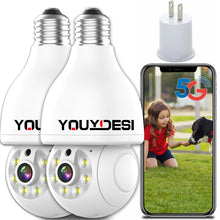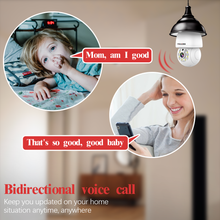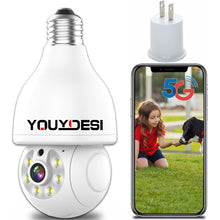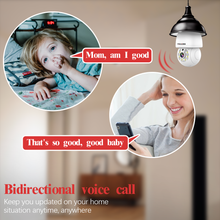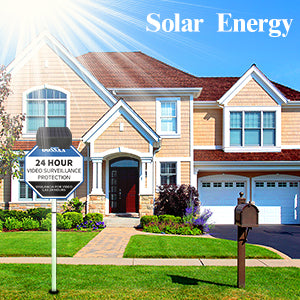For home surveillance purposes, wide-angle lenses are generally more suitable. This is because home security surveillance aims to protect the entire household or premises, monitoring areas such as the front door, back door, driveway, and other key zones. Wide-angle lenses provide a broad field of view, allowing you to monitor a more extensive area and reducing blind spots.
Furthermore, wide-angle lenses are well-suited for indoor surveillance, such as living rooms, kitchens, and children's rooms. These spaces are typically smaller but require comprehensive monitoring. Wide-angle lenses can capture more details, ensuring that the entire area is under surveillance.
However, there are situations where telephoto lenses also have their place. For instance, if you need to monitor large outdoor areas like a yard or a garden, or if you want to keep an eye on objects at a considerable distance, such as vehicles on a highway, then a telephoto lens may be more appropriate. It can magnify objects, providing clearer images and allowing you to monitor your targets more effectively.
In the realm of home surveillance, both wide-angle and telephoto lenses have their merits. Whether you're using a light bulb camera or a wireless camera, the choice between these lenses depends on your specific monitoring needs and the areas you want to keep a watchful eye on.

